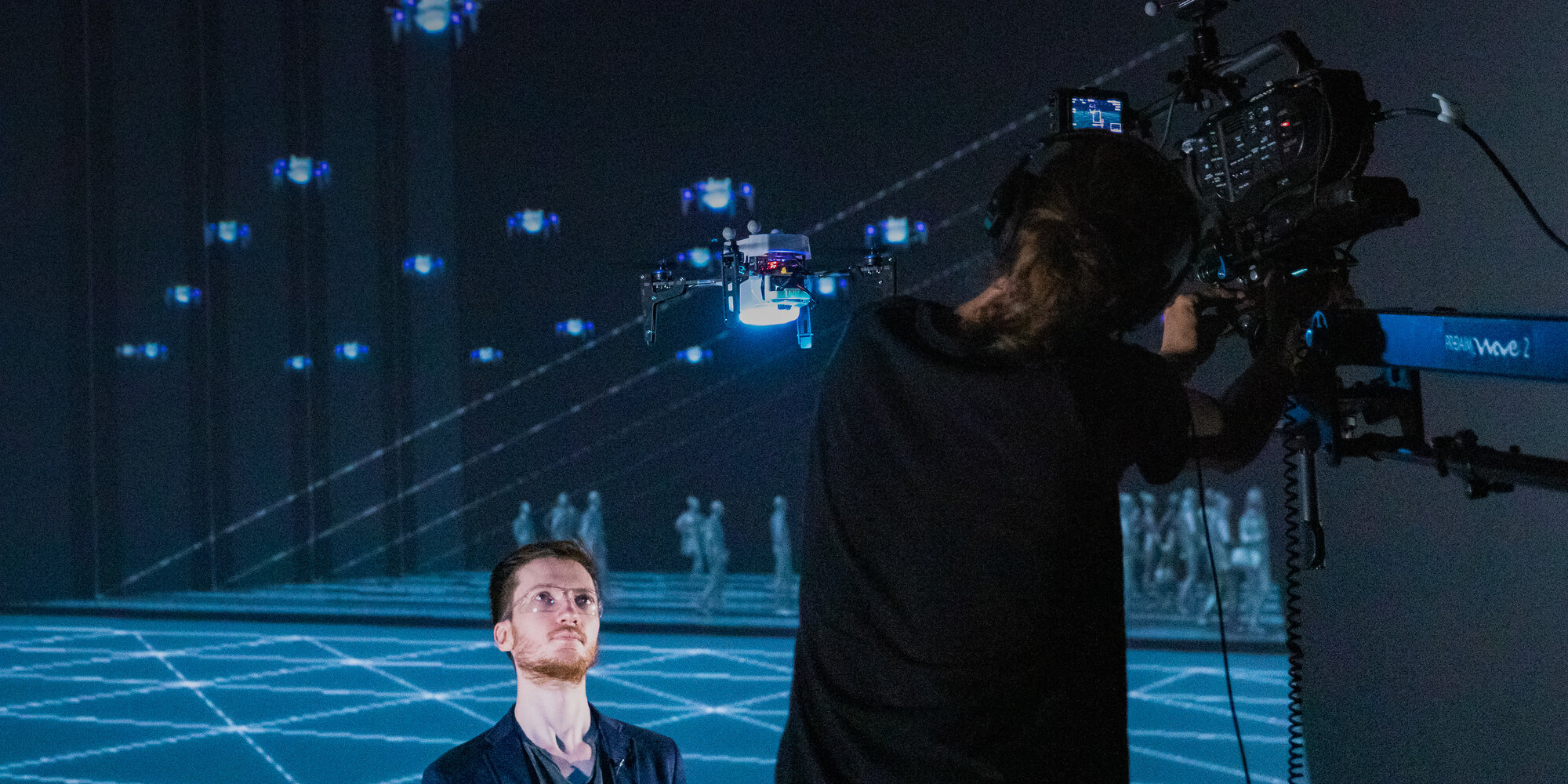Thinking of AI, robots and other modern technologies, it is often a sense of fear that prevails in our society. Can the inventions of the last century really help us, or is the danger they may pose greater than the potentially positive effect? Problems that need to be solved, crises that we have to overcome and a society that in some cases has still not pricked up its ears. As a reaction to all these facts, uncertainty and excessive demands follow, ultimately ending in inaction. However, this is exactly what we do not need!
The motto of this year’s Ars Electronica Festival is “A New Digital Deal. We have to learn to deal with the realities of the 21st century. We should have the confidence to take the future into our own hands. If we put a little trust in technological inventions, they can certainly help us along the way. Although new technologies usually have their downsides, they open up incredible opportunities, opportunities that we can seize so that society, the world and our future benefit. That is why the selection of Gardens, exhibitions and projects that is presented in this article is all about the theme “Another Tech is possible”.
A glimpse in the future
Hope for an utopian world is spread, for example, by the project “Sonic Utopias,” part of the exhibition “Interface Cult” on the campus of the Kunstuni Linz with the motto “LOOPS OF WISDOM“. “Sonic Utopias” is an acoustic fiction with utopian narratives and stories of upheaval from a (not so) distant Earth. These narratives are virtually contained in five shells, while sand refers to the childlike practice of building sandcastles – a metaphor for the necessity of world building in fragile times.
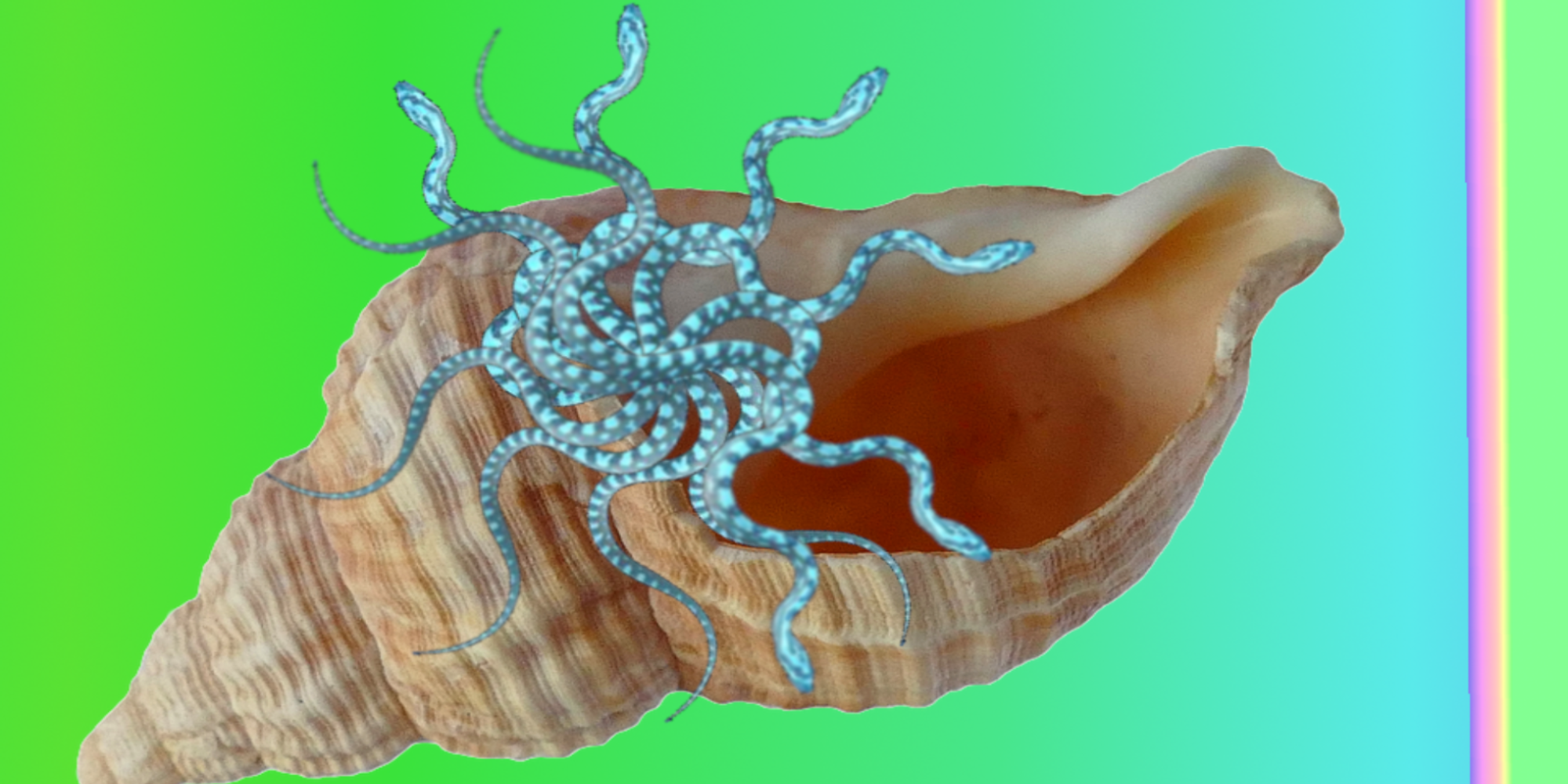
Less utopian, but more realistic, “Tara’s diary,” exhibited at the same location, explores the future of the Internet. It is an AR book that tells the personal story of a 29-year-old from 2052. As a reader, one is confronted with various aspects of her life, influenced by the speculative development of the Internet in that time – from undesirable images of the future to potential ways for improvement.

Technology for environmental protection
An essential topic that will no doubt continue to be of concern to us in the future is the environment and environmental protection. Concerning the festival projects on the topic of “Ecology”, an article has already been published. The festival presents new ideas, inventions, artworks and workshops and offers inspiration on how to achieve a more climate-friendly future with the help of new techs.
One example for this would be Branch Magazine, winner of the Ars Electronica Award for Digital Humanity, to which, among other things, a separate symposium will be dedicated. Part of this symposium is the “Museum of the Fossilized Internet,” a project that aims to provide an insight into the coal- and oil-fueled Internet in 2021 from the perspective of people in 2050. Among other things, it explores the major contributors to Internet pollution and sparks conversations about the climate crisis. Nine exhibits invite visitors to explore the impact of online advertising, streaming, legacy code, AI training data, and more.

The project “Growing Colors” is exhibited in Kepler’s Garden. Here, students from JKU, Linz University of Art and Design and TU Graz demonstrate the possibility of using bacteria to dye textiles. The combination of this resource-saving and environmentally friendly dyeing method with new technologies opens up completely new possibilities in order to make the world both more colorful and more sustainable.
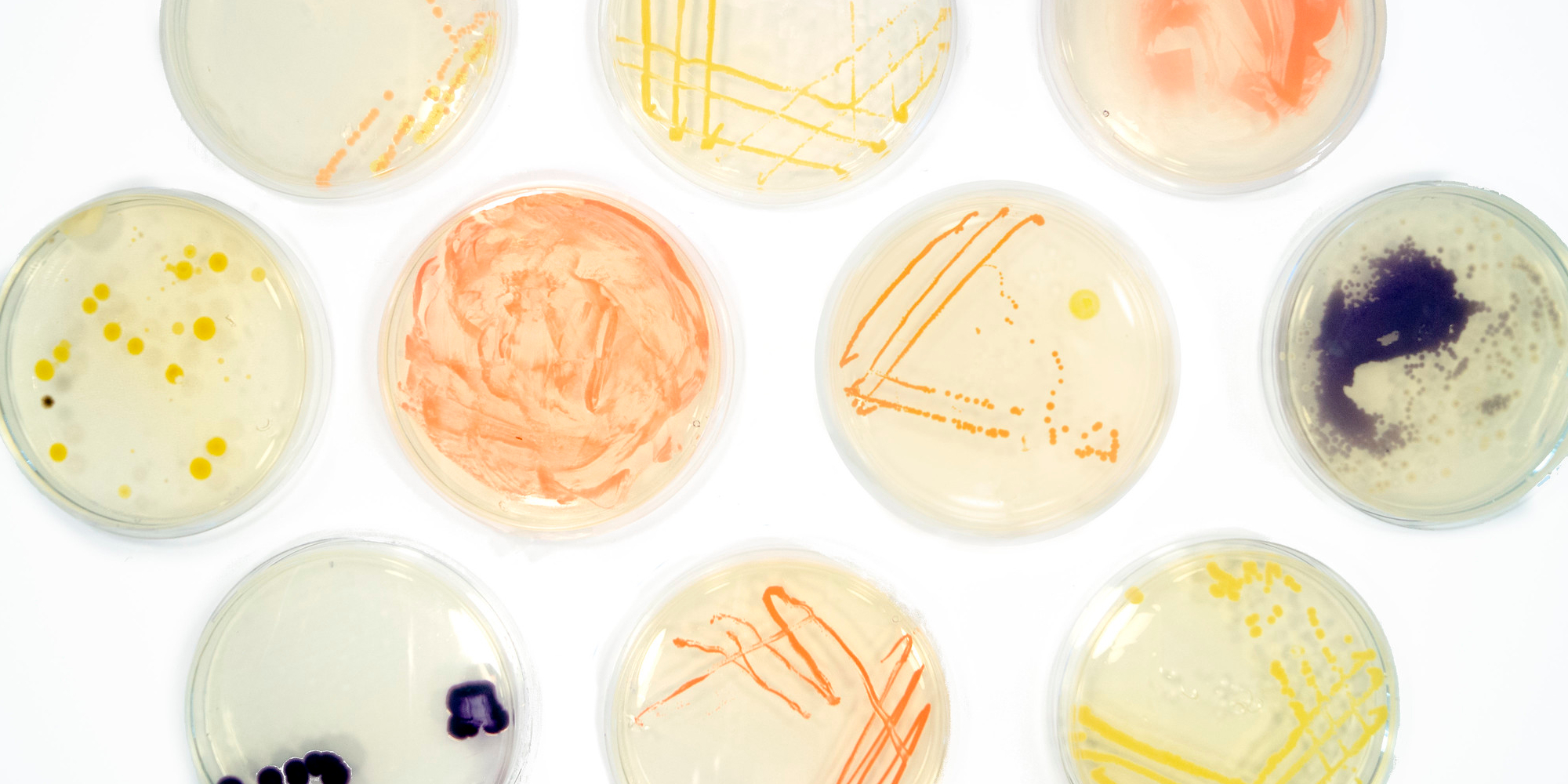
A further step in the direction of a more sustainable future would involve local production and a circular economy. The guest project “Wandering Factory“, created as a result of a collaboration between Kunstuni, JKU and other institutions, moves the production directly to where it is needed. This is possible because their robotic system can autonomously produce objects from recycled materials after individually adapting to the environment and conditions of the specific location. By using products that are available at any time and due to a short production time, it is shown that the technology for mobile, urban and flexible production already exists – it just needs to be used.

The STARTS initiative of the “European Platform of Digital Humanism” generally aims to promote innovative projects that have a sustainable positive effect on the European environment, economy and society. In the form of conferences, an entire day, the “STARTS Day“, is dedicated to the initiative. In addition, a selection of the award-winning and nominated works of the STARTS Prize is exhibited in Kepler’s Garden. An example of this is “Data Garden,” a data infrastructure capable of storing data in the DNA of plants, making it carbon-negative. In addition, “The Living Light” is also worth mentioning. This project presents a designer light that works on the basis of so-called Microbial Fuel Cell technology, which enables us to generate energy from organic waste.
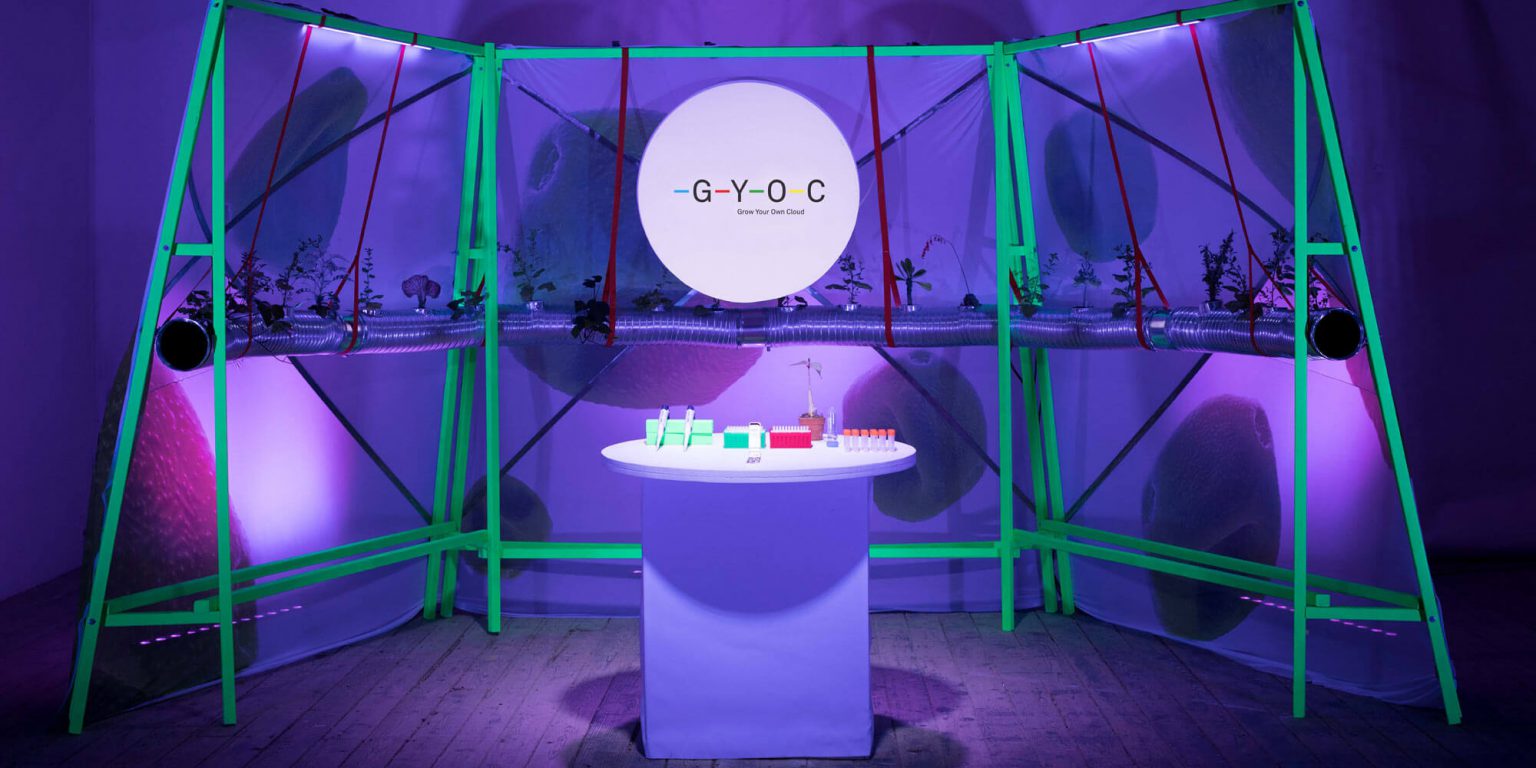
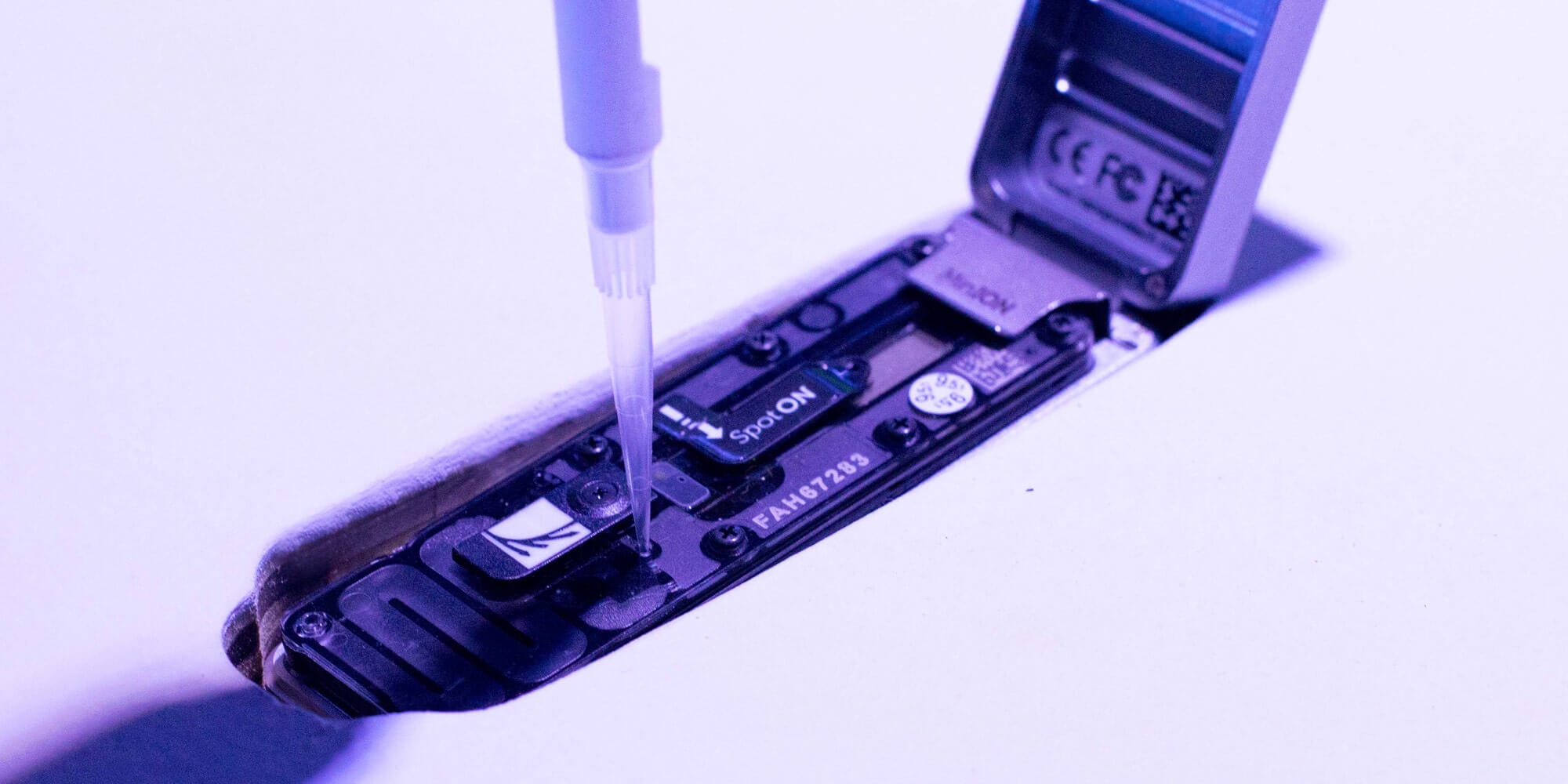
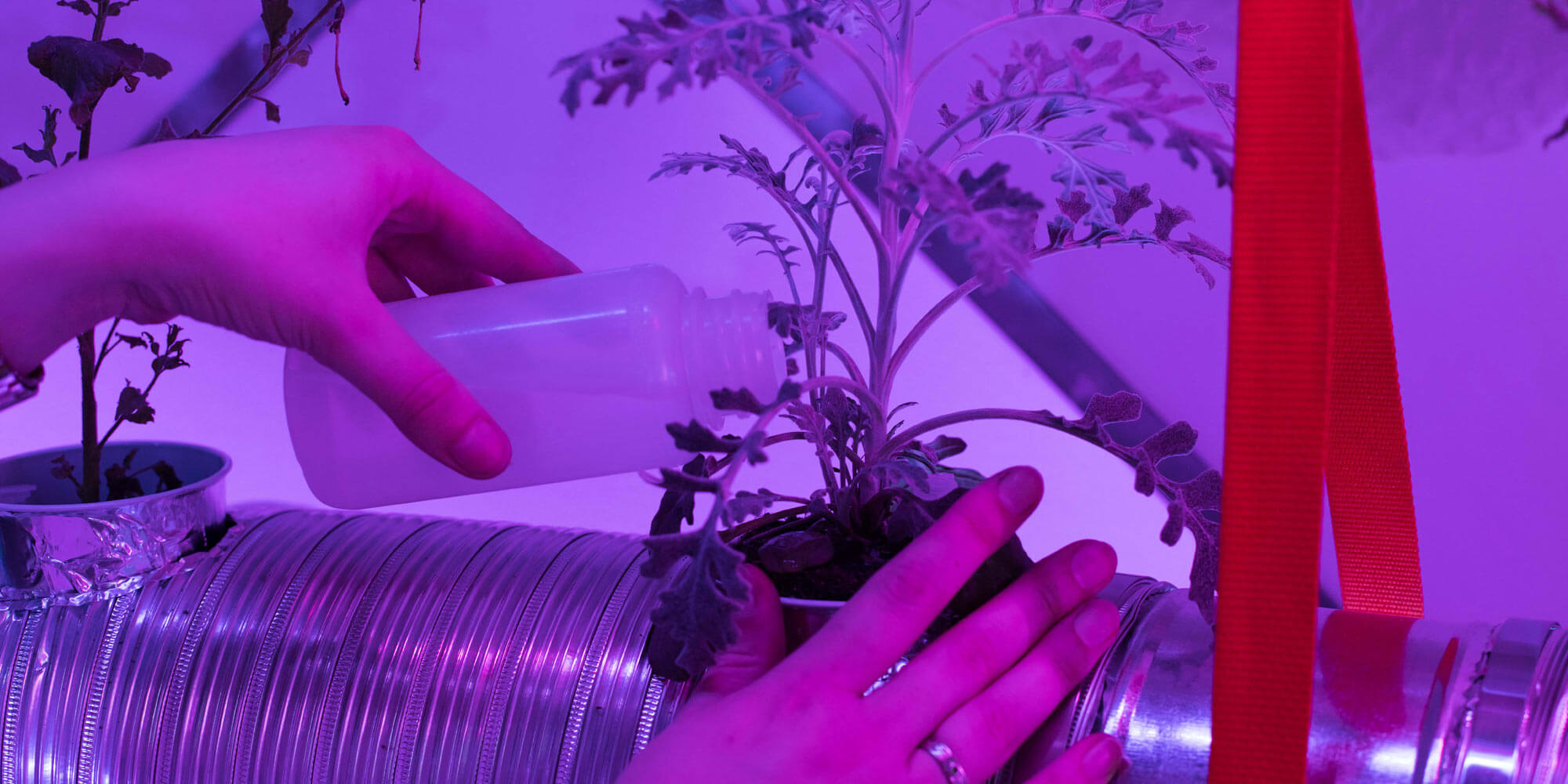
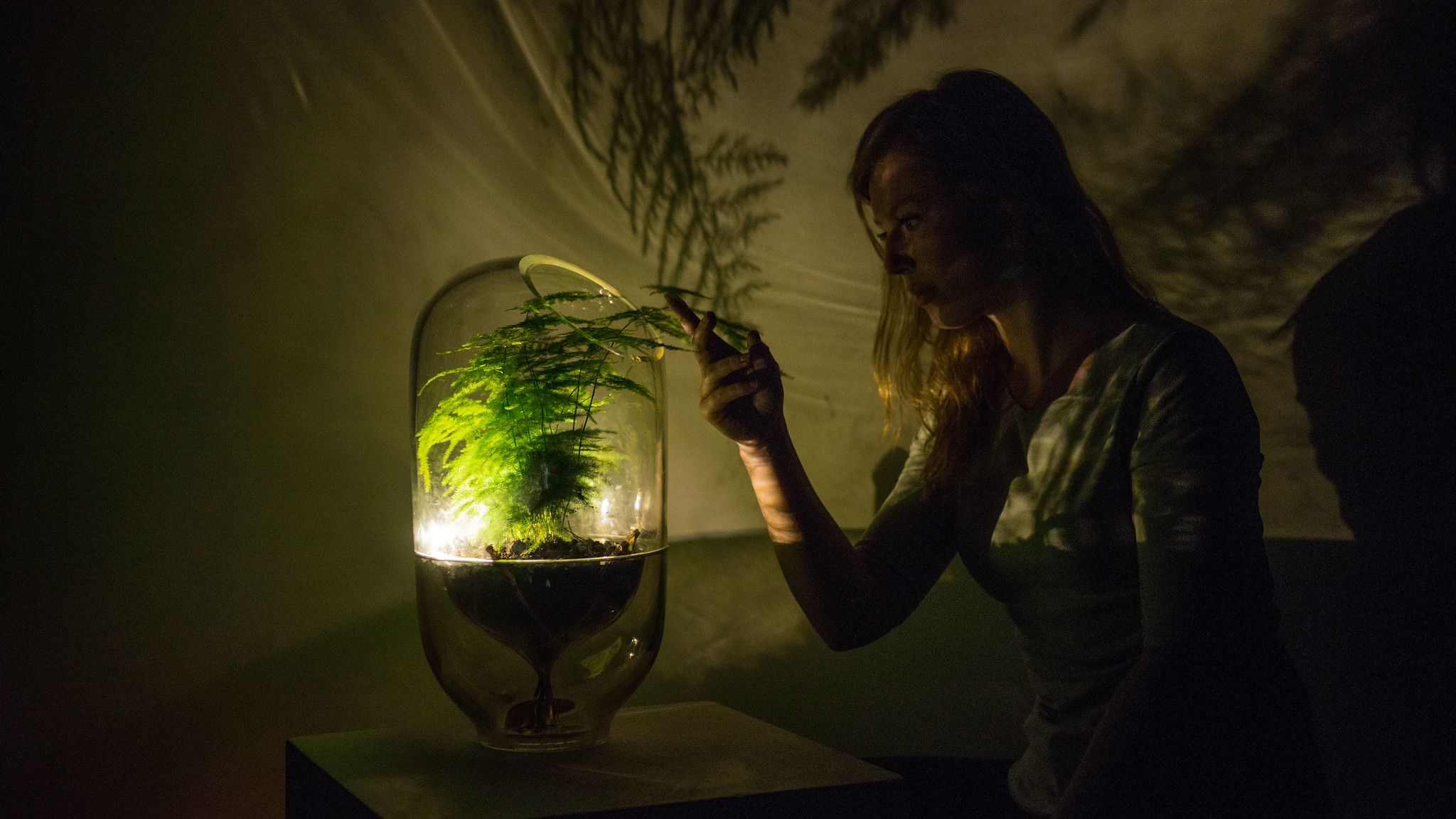
New realities demand new technologies
To provide an impulse for innovation, Ars Electronica is organizing a hackathon on the theme of “AI Ecosystems”. In the course of it, developers, technologists, engineers, students, artists and scientists will work together in teams of five to seven participants to develop solutions for future scenarios that will later be presented at our online festival. The goal of the project is to discover new ways to use AI.
A crisis that was very present last year and still is, and has had a serious impact on our reality, out normality is the corona pandemic. Presumably, such special conditions will not remain a one-time event. The Garden Taipai/Formosa, for example, shows how creative inventions and projects can be used to deal with such a situation. The Garden wants to channel our longing to explore the world into an exploration of the dimensions of the digital world. This journey, called the “Formosa Grand Tour,” takes us through a variety of digital platforms and productions. The Garden gathers Taiwanese artists and creatives from various fields. Because of the diversity of arts and themes, the tour binds the digital world and our lands together, using digital art to reflect on the past and the future.


The community project “KEHAI: Liquid Mirror Series – Square – ” revolves around the topic of communication in the context of the Corona crisis. The “Liquid Mirror Series – Square -” is a mirrored box that independently generates sounds. The concept of this project is “kehai”, a Japanese term that describes something invisible but definitely present. The term “sign” probably comes closest to the definition of “kehai”. With COVID-19, physical distances have become so far removed that we have lost the opportunity and the ability to perceive the invisible, as we have come to trust the world we see through our monitors. People will hear the sounds emitted from the mirror and may sense the same “kehai.”, enabling a new communication between distant places. This project aims to explore the nature of nonverbal communication, which is common to all living things.

Perhaps the new reality, in which we live, simply demands a different approach, a different perspective. The idea of an intertwined network of digital data may be referred to as digital landscape. Garden Atacama, titled “Networked,” attempts to bring the idea closer to people that the digital realm can be directly related to how a networked landscape works. Indeed, it is known that natural environments function similarly – in terms of communication and information exchange – to digital networks: The trees and plants of a forest, for example, exchange important information about their surroundings. The goal of this project is to question our understanding of nature and to better understand natural phenomena.

Other festival projects on the theme of “Another Tech is possible” that deal with social media, machines as independent actors or alternative killing methods are “Personendepot,” “Tales of Arid’Nu” and “The Affordance of Cattle”. They can all be found at Kunstuni Linz as part of the Zurich University of the Arts’ exhibition “Infinite Nows“.
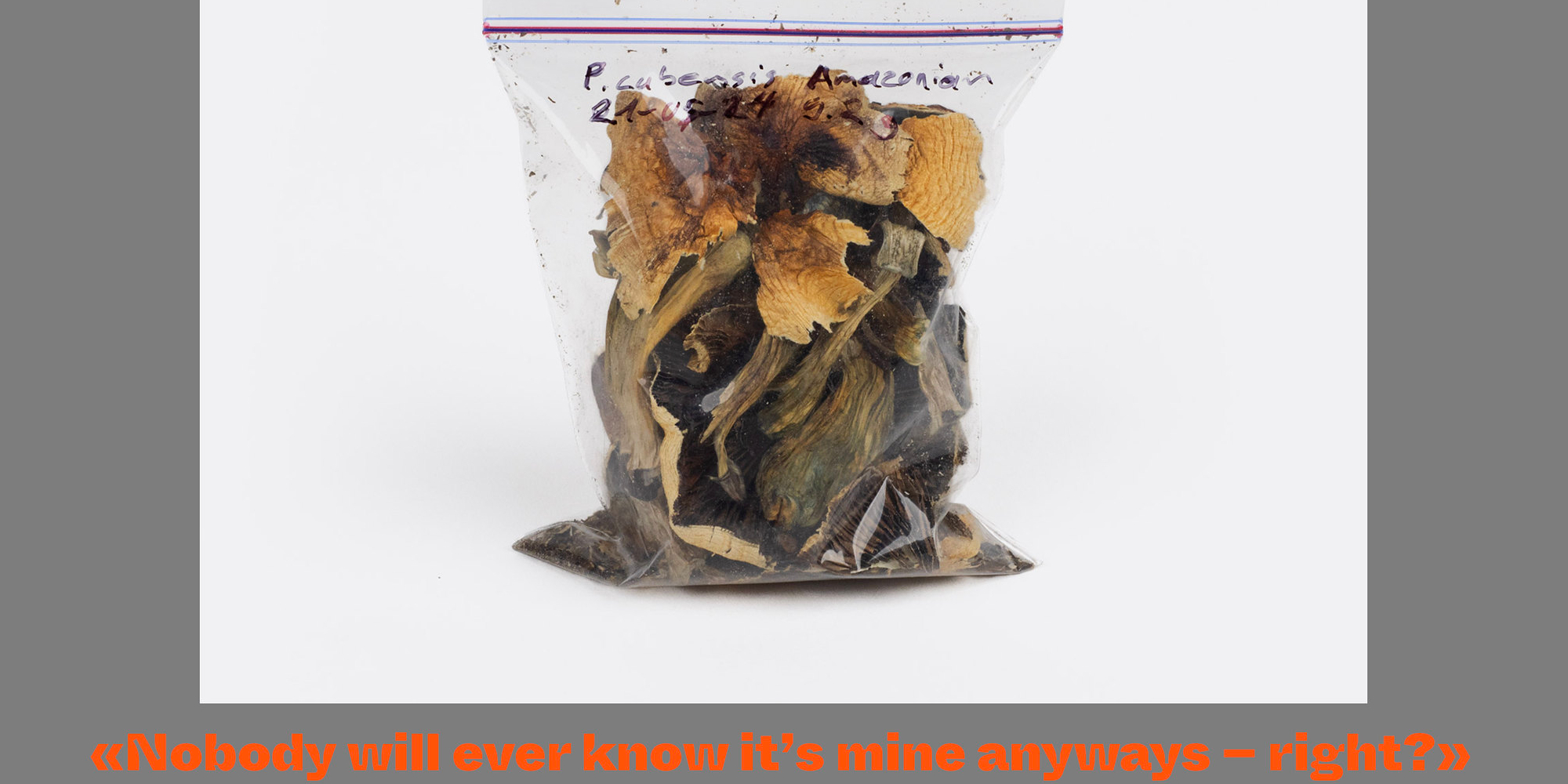
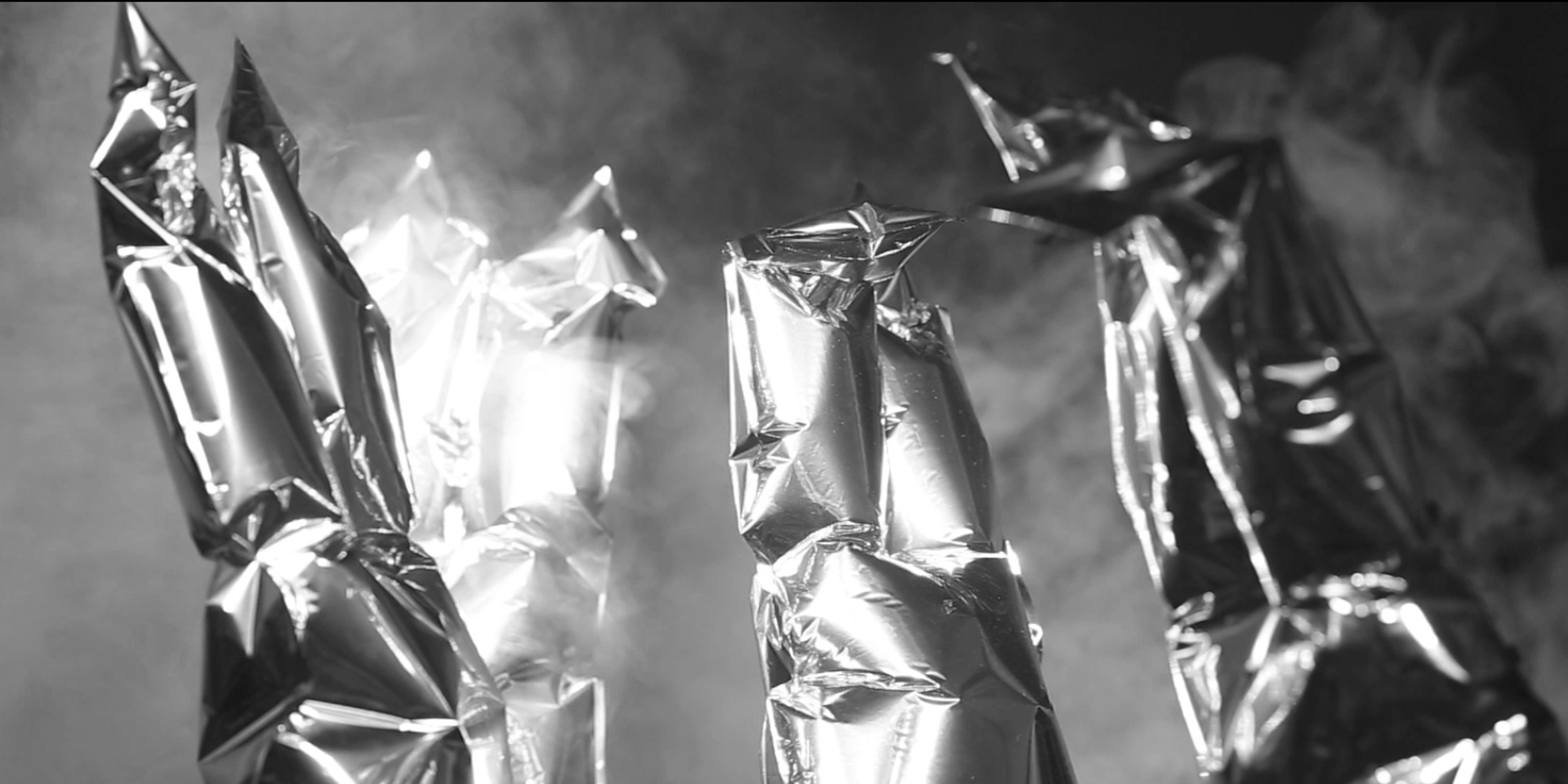
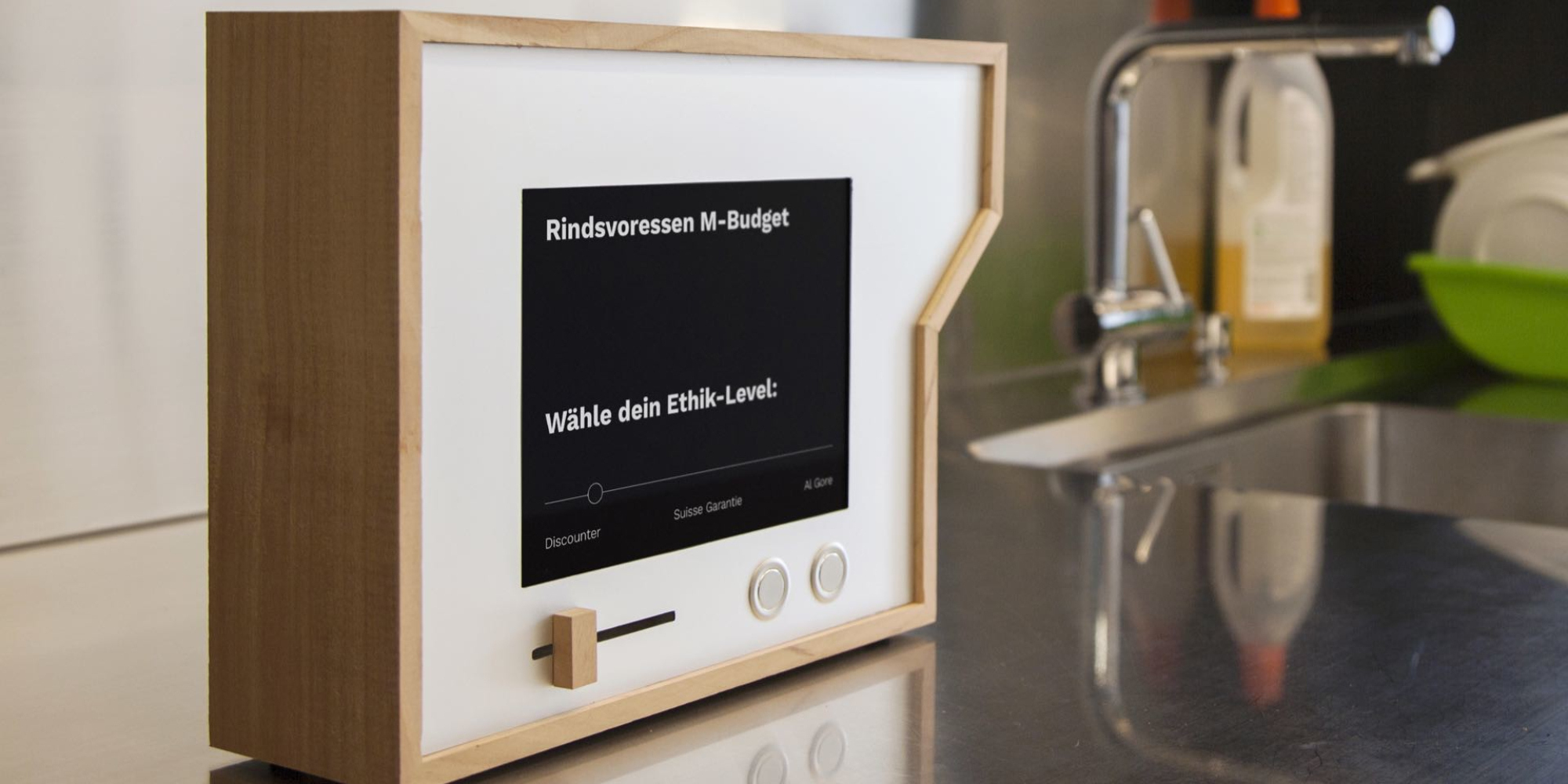
AI and Music
Finally, advanced technology is also represented at Prix Electronica. The Golden Nica-winning project “Convergence” from the category “Digital Musics & Sound Art” uses AI to learn features of human musicians and then recreate new entities. The musicians then interact with their generated opponent. Human world and self models are often abstract, subconscious and unreflected and therefore give the impression of an absolute truth. However, the project investigates that these models are actually fluent. An Auto-Encoders allow a formalization of the input data —in this case faces, bodies, and voices and “Deep Learning” provides an abstract description of the input. Contrary to our black box human mind, the parameters in this case can be edited and transformed. AI systems thus enable a deformation of the representation, which challenges the robustness of identity and world models. This is an ability that will certainly be significant in a digital world full of “fake news” as well as in everyday life in the future.
You can read more about the Ars Electronica Festival on an ongoing basis here on our blog, on the website and on our social media channels – on Facebook, Instagram, Twitter and LinkedIn.
